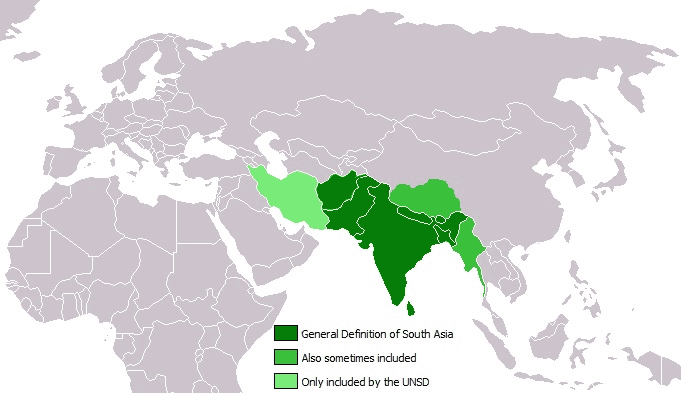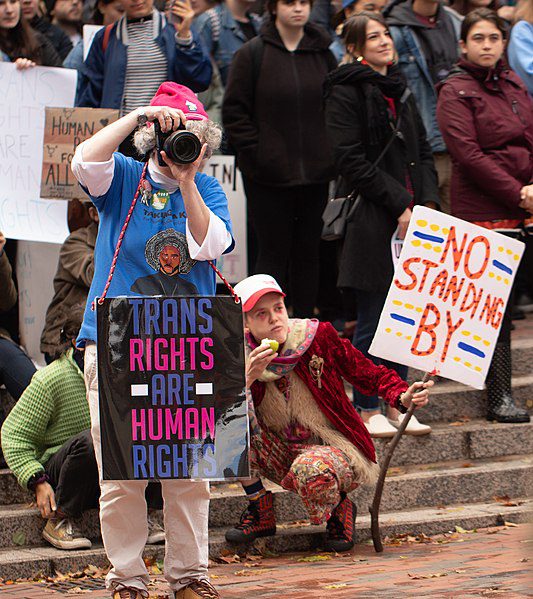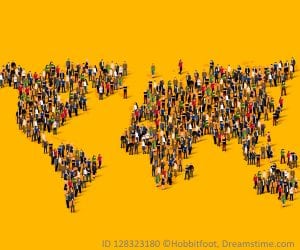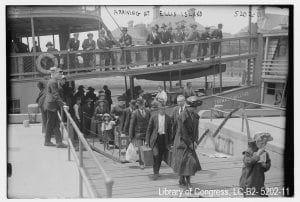In an era of extreme political polarization, it can feel like the number of landmines that teachers must avoid in the classroom is only growing. While there are plenty of topics that social studies educators can easily avoid, there are many others that teachers must be able to openly discuss to cultivate a full understanding of history, civics, geography, and other aspects of social studies education.
Some may view the following as controversial social studies topics but they really shouldn’t be. Discussing these topics may require some preparation to best facilitate students’ understanding, but these elements are too important to a social studies education to be ignored.
1. Differing Names for Geographic Areas Through History
The boundaries of nation-states have been in flux throughout all of human history. Because of this, the words we use to describe geographic, cultural, and historical areas can sometimes come into conflict with modern political preferences.
Take, for instance, the geographic area that encompasses modern day Afghanistan, Bangladesh, Bhutan, India, the Maldives, Nepal, Pakistan, and Sri Lanka. When a proposed revision of California middle school textbooks referred to this region as “South Asia” in historical contexts, backlash exploded from Indians and Indian-Americans who would prefer that the region be referred to entirely as “India” to recognize the influence that Indians, and specifically Hindus, have had on the area.

Various definitions of South Asia, including the definition by the United Nations geoscheme which was devised by the UNSD.
Like many similar distinctions, like what constitutes “Macedonia” or how to refer to the area containing Israel and Palestine, this controversy is part of a broader culture war wherein regional names and textbook contents are but one of many issues. Students may have strong personal convictions that stem from their cultural heritage and personal belief systems. But educators must be able to use collectively understood terminology to discuss the world around us. When the focus of discussion becomes the choice in titles rather than the broader context, students are the ones that miss out.
2. Transgender Topics
Recent years have shown an escalating pushback in some parts of the U.S. against the inclusion of transgender and other LGBTQ topics in K-12 classrooms. Last year, Florida passed the bill known as the “Don’t Say Gay” bill, which creates limits about what educators can say about LGBTQ topics in the classroom. While this bill and others are applicable to LGBTQ topics as a whole, these policies emerged among a slew of anti-trans bills being advanced in a variety of contexts across the U.S.

The material effects that these policies have on gay, queer, and trans students whose mere existences are flattened into “controversial transgender topics” cannot be understated. But backlash against transgender people also has a stultifying effect on the social studies educations of all students. Gender roles and gender discrimination are an enormous part of our history and our political present. Requiring one single lens through which students can understand gender does a disservice to any number of sociological and historical phenomena that don’t fit neatly into a simple binary.
Consider the fa’afafine, a third gender in Samoan culture, which would likely be considered out of bounds under such a strict paradigm. Learning about this cultural practice in a social studies classroom provides opportunities to explore how gender roles are determined across cultures and the ways that gender can influence society in turn. Every student’s education is affected when fear of transgender people makes exploring these topics verboten.
3. Controversies of Population Growth
Population studies are certainly represented across social studies standards: the entire unit devoted to it in AP Human Geography is just one of many examples. But educators may feel hesitant to explore the impact and controversies of population growth in contexts where standards don’t explicitly call for it. Topics relating to population growth, like family planning and climate change, might already seem like invitations for controversy.
But understanding the impacts of population growth is critical for students’ understanding of innumerable topics that may not seem immediately connected. An AP European History student studying German peasant revolts might not think of demography as a way to understand the context of the times. But knowing that the revolts stemmed just as much from labor shortages caused by the Black Plague as they did from popular support of the Protestant Reformation creates an entirely new form of understanding for the student. Similarly, a Government student learning the structure of the federal government would be missing a key part of the puzzle if they didn’t know just how much population growth had impacted the structure of the House of Representatives. Population studies are an important aspect of the social studies, and avoiding them for fear of “population growth controversy” leaves students without a key mechanism to help them understand the complex world in which they live.
Challenging Students’ Perspectives is a Learning Opportunity
While some topics might always be too sensitive to be explored at length in the classroom, many ideas in the social studies classroom are unfairly maligned as too controversial to be discussed. Encountering challenges to their perspectives in an academic setting is one of the most important ways for students to learn.
Image credits: South Asia map (South Asia (ed)update by Thegreyanomaly); Transgender rights rally (Trans Rights are Human Rights, No Standing By – Boston Trans Rights Rally 2018 by Kai Medina (Mk170101) is licensed under CC BY-SA 4.0); Woman pushing carriage (ID 46278780 ©Angelo Cordeschi, Dreamstime.com)




